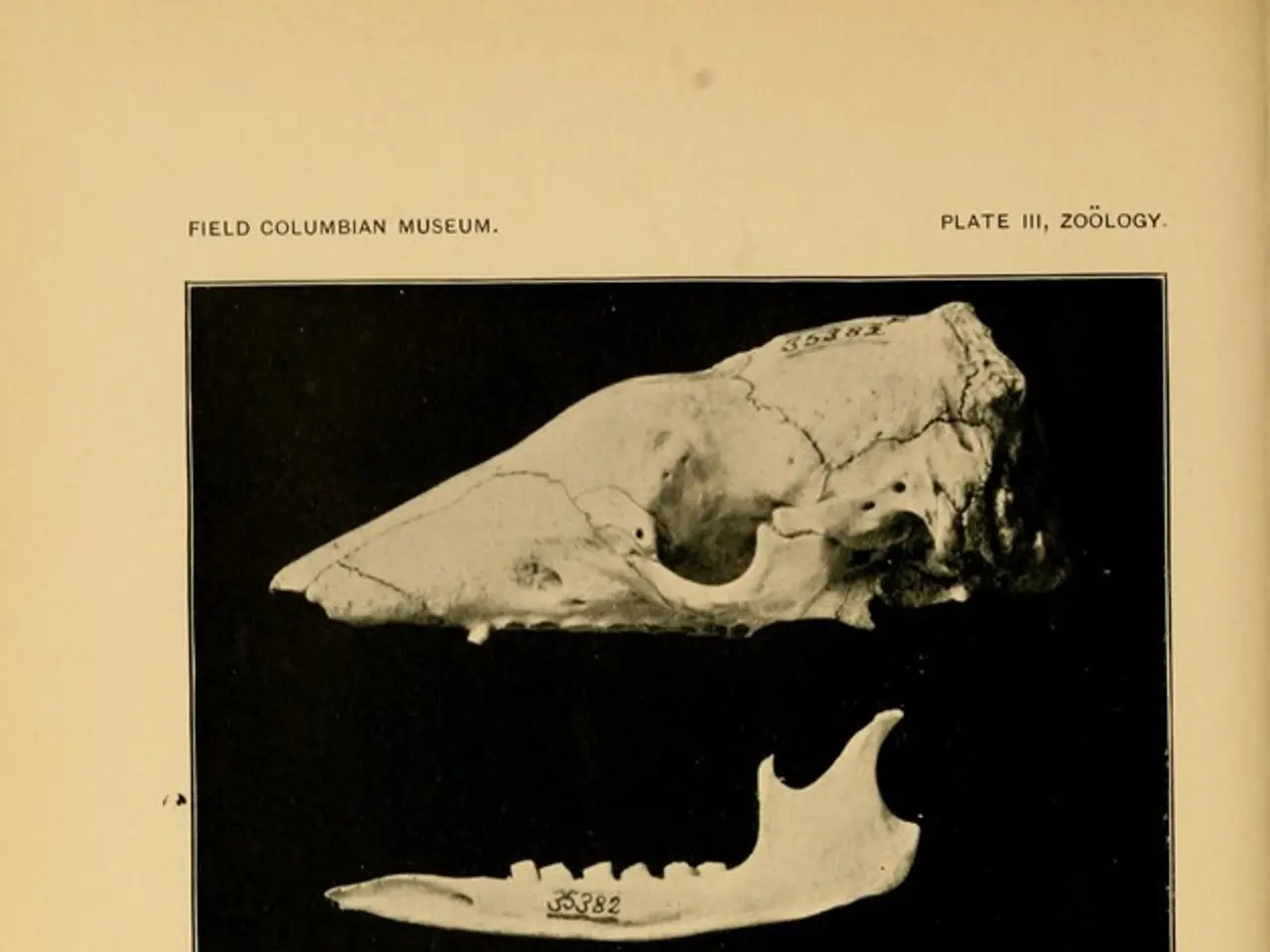Agnogenic Myeloid Metaplasia (AMM): An Unusual Condition That Causes Abnormal Tissue Growth in the Bone Marrow
Agnogenic Myeloid Metaplasia (AMM), now more commonly classified as primary myelofibrosis (PMF), is a rare bone marrow disorder that primarily affects the production of blood cells. The prognosis for individuals diagnosed with AMM/PMF can vary significantly based on several factors, including age, overall health, and response to treatment.
Treatment Strategies
Treatment strategies for AMM/PMF involve a combination of supportive care, pharmacologic therapies, and, in some cases, hematopoietic stem cell transplantation.
Supportive Care
Supportive care targets symptom relief, including transfusions for anemia and treatment for splenomegaly-related symptoms. This approach aims to improve the patient's quality of life.
Pharmacologic Therapy
Drug treatments involve JAK2 inhibitors like ruxolitinib, which are standard for controlling symptoms and reducing spleen size. Hydroxyurea can be used to manage high blood counts.
Stem Cell Transplantation
Allogeneic hematopoietic stem cell transplant offers the only potential cure for AMM/PMF but is limited to eligible patients due to age and comorbidities. This procedure carries significant risks and is reserved for patients with severe disease or those who do not respond to other treatments.
Experimental Therapies
Clinical trials are exploring novel agents and combinations to advance treatment options for AMM/PMF.
Prognosis
Prognosis in AMM/PMF is stratified by scoring systems like the International Prognostic Scoring System (IPSS), considering clinical and molecular features. Median survival varies widely, with high-risk patients having median survival around 2-3 years, and low-risk patients living over 10 years. Disease progression can lead to bone marrow failure or transformation to acute leukemia, which carries a poor prognosis.
Risk Factors and Causes
Several factors have been identified that may contribute to the development of AMM, including genetic mutations, environmental factors, chronic inflammation, and other hematological disorders. Though the exact cause of AMM remains unclear, it is believed to involve genetic mutations that affect the bone marrow's ability to produce blood cells effectively.
Regular monitoring and follow-up with a healthcare provider are crucial to managing the risks associated with AMM, such as an increased risk of infections, bleeding disorders, and transformation into more severe blood disorders.
Diagnosis
AMM is diagnosed through a combination of blood tests, bone marrow biopsy, and imaging studies to assess the extent of the disease. Diagnostic tests help identify the overproduction of blood cells, particularly red blood cells, white blood cells, and platelets, which are characteristic of AMM.
Living with AMM
Living with AMM requires a proactive approach to health and well-being, including regular medical check-ups, a healthy diet, exercise, and support groups. AMM can lead to fibrosis, or scarring, of the bone marrow, which disrupts normal blood cell production.
Common symptoms of AMM include fatigue, weakness, night sweats, weight loss, bone pain, and enlarged spleen (splenomegaly). Treatment options may include medications, blood transfusions, and, in severe cases, bone marrow transplant.
For patients with severe AMM or those who do not respond to other treatments, a bone marrow transplant may be considered. Treatment focuses on alleviating symptoms, including pain management, blood transfusions, and maintaining proper hydration and nutrition.
In summary, while the exact causes of Agnogenic Myeloid Metaplasia (AMM) remain unclear, several genetic, environmental, and health-related factors have been identified as potential contributors. Understanding these causes and risk factors is essential for early detection and management of this complex condition. If you or someone you know is experiencing these symptoms, it is essential to consult a healthcare professional for a thorough evaluation.
- Supportive care in managing AMM/PMF includes transfusions for anemia and treatment for splenomegaly-related symptoms, aiming to improve the patient's quality of life.
- JAK2 inhibitors like ruxolitinib are standard pharmacologic therapies for controlling symptoms and reducing spleen size in patients with AMM/PMF.
- Hematopoietic stem cell transplantation, potentially offering a cure for AMM/PMF, is limited to eligible patients and carries significant risks.
- Clinical trials are investigating novel agents and combinations to advance treatment options for AMM/PMF patients.
- The prognosis in AMM/PMF can vary widely based on scoring systems like the International Prognostic Scoring System (IPSS), considering clinical and molecular features, with high-risk patients having median survival around 2-3 years.
- Living with AMM requires a proactive approach to health and well-being, like regular medical check-ups, a healthy diet, exercise, and support groups, to manage symptoms and prevent potential complications.






